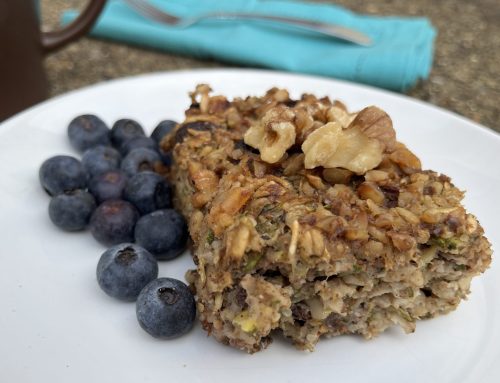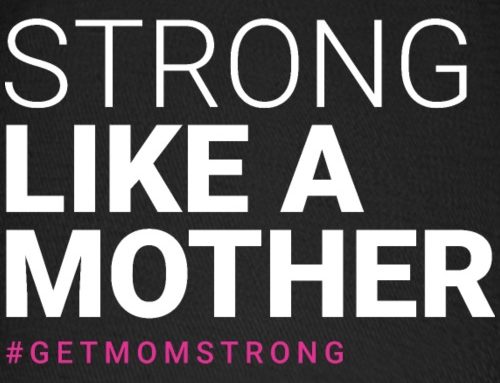Hate planking? You’re not alone! There is a reason it’s so commonly referred to though. It IS one of the most effective and versatile exercises you can do for your entire body. It’s marketed as a core strength exercise, but really it’s working your whole body!
Performing planks and their variations are safer and more functional techniques to strengthen your abdominals and low back, since it relies on isometric (non moving) contraction. This bracing action is more like how your body functions during activities of daily living and beyond (sports, strength training, etc). This is the main reason I prefer planking variations over crunches and sit ups.
The most important point of holding a plank with good form, is to engage all of your muscles to make your body like a rigid board. This takes some focus and awareness of your muscle groups (quads, glutes (butt), abdominals, low back, upper back and shoulders in particular).
Here are some cues for a basic plank, which is where you should start if you have never done it before.
- Get in the pushup position. You can either have your hands on the floor (high plank) or your forearms on the floor (90 degree bend in elbow with forearms pointed forward). Your elbows or hands should line up directly underneath your shoulders. Toes on the ground
- Squeeze your glutes and draw in your abdominals
- Keep a neutral neck and spine. Don’t drop your head. Look at the ground between your hands or forearms
- Create a straight, strong line from head to toes
- Don’t hold your breath! Inhale and exhale at an even pace
- Hold that position
If you’re new to the plank, just try holding for 30 seconds to a minute. If you feel pain in your lower back, pick your butt up a tad higher and really focus on drawing in your core. If it still hurts, it’s time to come out of the position. This is a sign that your abdominals have fatigued and your low back is taking over. That’s not the point of a plank. It should never hurt your low back. It certainly uses those muscles, but you don’t want them to be the major supporting muscles carrying most of the load (your abs should be the primary muscles used to hold that position).
If you have been doing planks for awhile and can easily hold a 30-45 second plank, adding in some of these variations will help add strength and work different angles of your core.
If you wish to try these movements and are unsure about what level you’re at, simply do any of the regular plank positions off a coffee table (hands or forearms on the table).
The breakdown of exercises in this plank variations video, are below.
I suggest choosing a few of these moves, each time you exercise and aiming for either 10-25 reps and 1-3 sets.
- High plank knee touches
- High plank cross unders
- High plank knee in’s
- Low plank knee touches
- Low plank dolphin
- Low plank toe tap outs
- Modified side plank
- Regular side plank
- Side plank with leg lift
- Side plank hip drop
- Physioball reverse plank (can just hold this position as well)
- Physioball reverse plank glute bridge
- Physioball reverse plank alternating leg lifts
HAPPY PLANKING! ?
 My office is open for in-person and virtual appointments. Here is the
My office is open for in-person and virtual appointments. Here is the 



